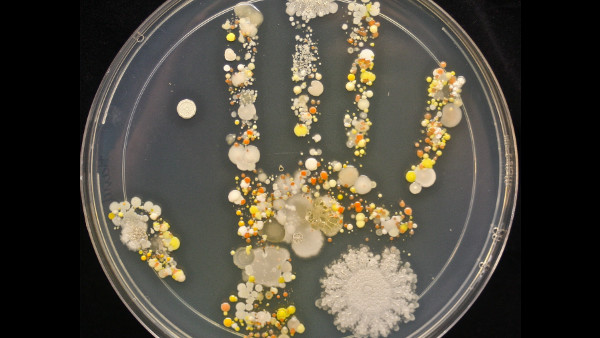7 Ways Humans Might Evolve In The Future
5. Disease Resistance

Evolution, on its most basic level, comes down to two things: Sex and death. People are born with various genetic mutations every day, but one genetic mutation doth not an evolutionary leap make. The mutation in question generally has to be beneficial enough to make you more likely to have lots of sex and babies, whilst simultaneously helping you avoid ending up dead before you can do so.
It is for this reason that we're unlikely to evolve fingers especially designed for smartphones or McDonalds-shaped beaks, because these kinds of mutations aren't exactly a case of life and death. Disease, however, definitely is. In the future, we may evolve the ability to ward of diseases that are currently deadly to humans and, actually, there's evidence to suggest that this is already happening. For example, in areas particularly affected by malaria, a genetic mutation known as HbC is on the rise.
This offers protection against the disease of up to 93%. Similarly, a mutation for protein receptors known as CCR5-delta32 imparts resistance to HIV. There are two levels of protection with these mutations, depending on how many copies of the beneficial genes you inherit from your parents, but as they become more prevalent, the likelihood of passing on the maximum levels of disease resistance gets better and better over time.